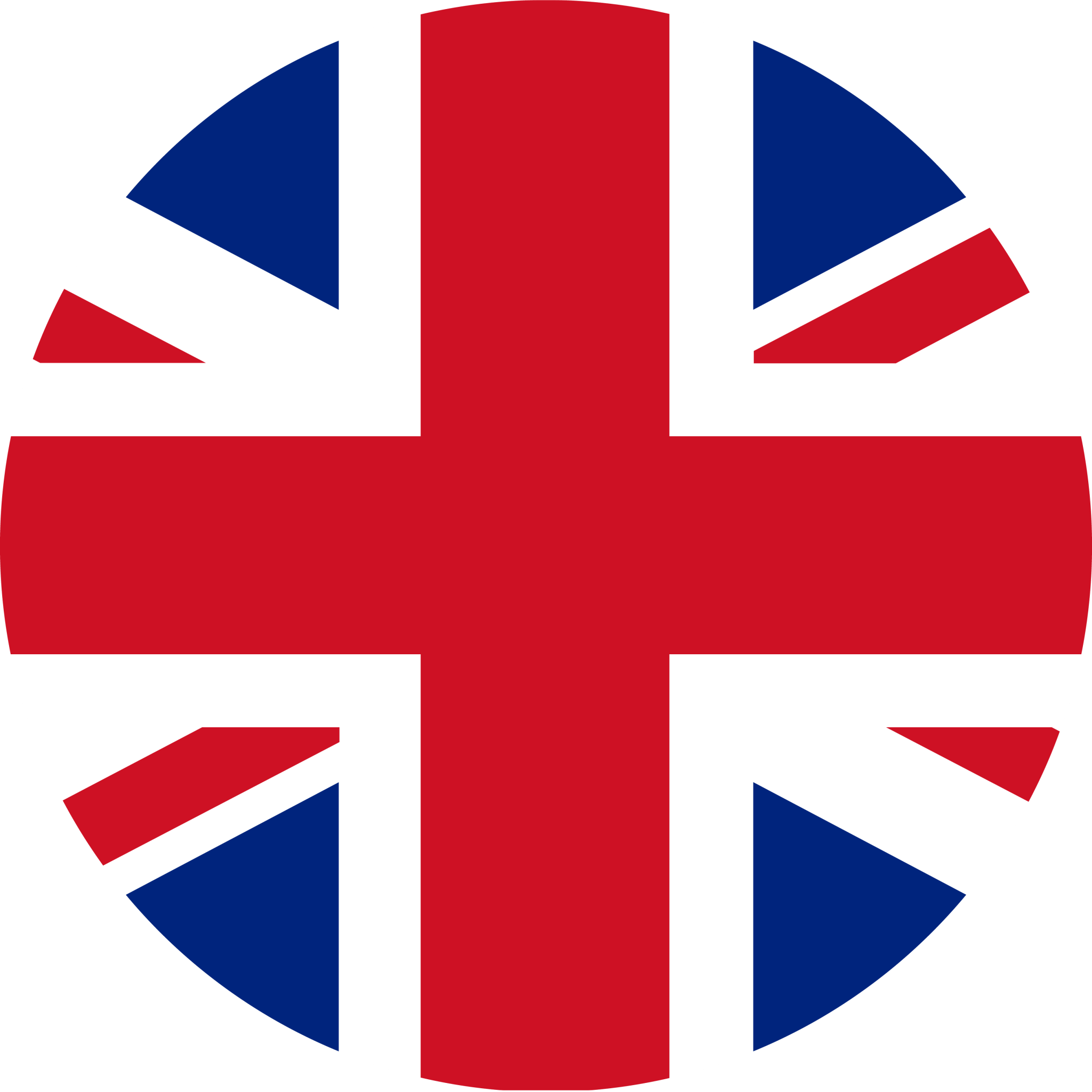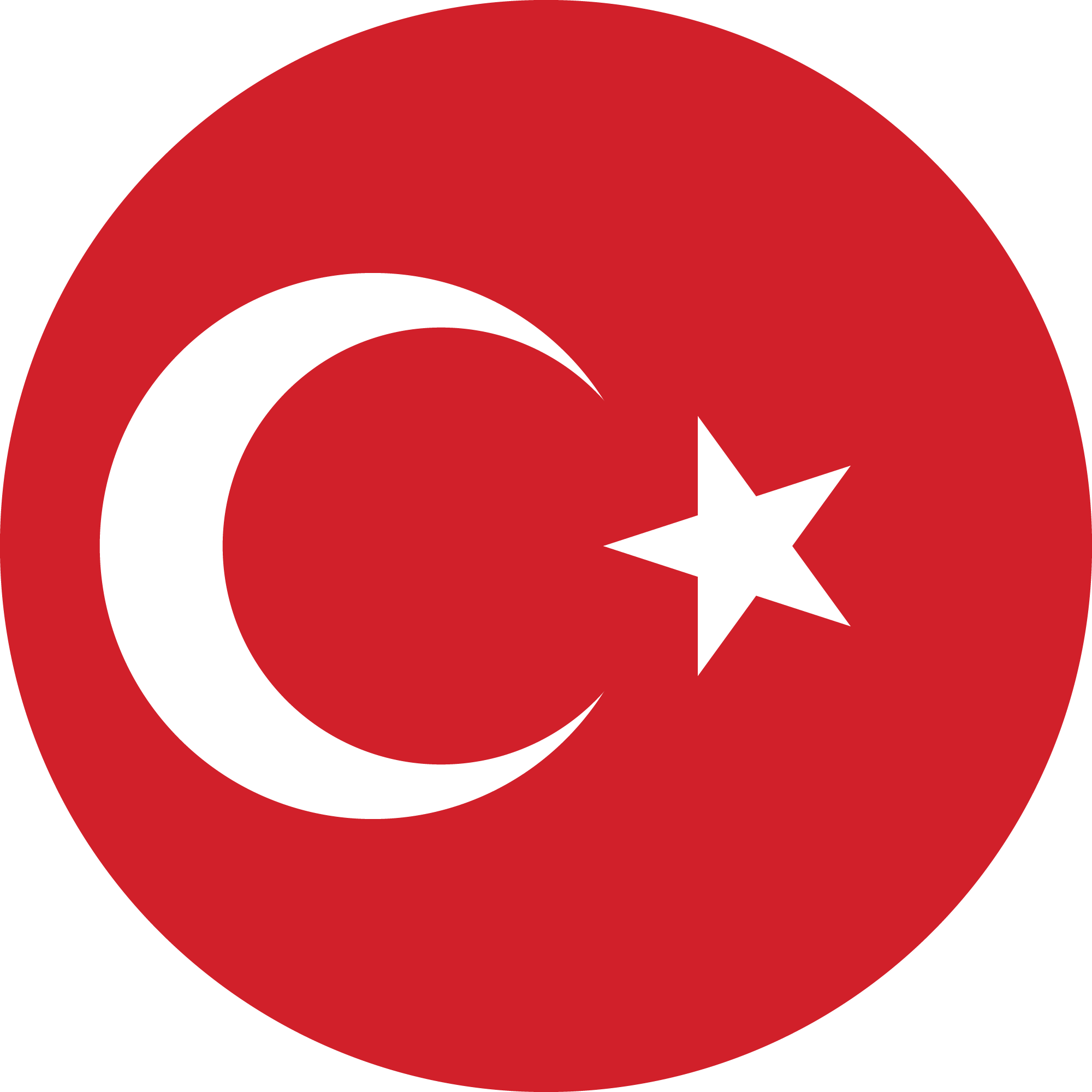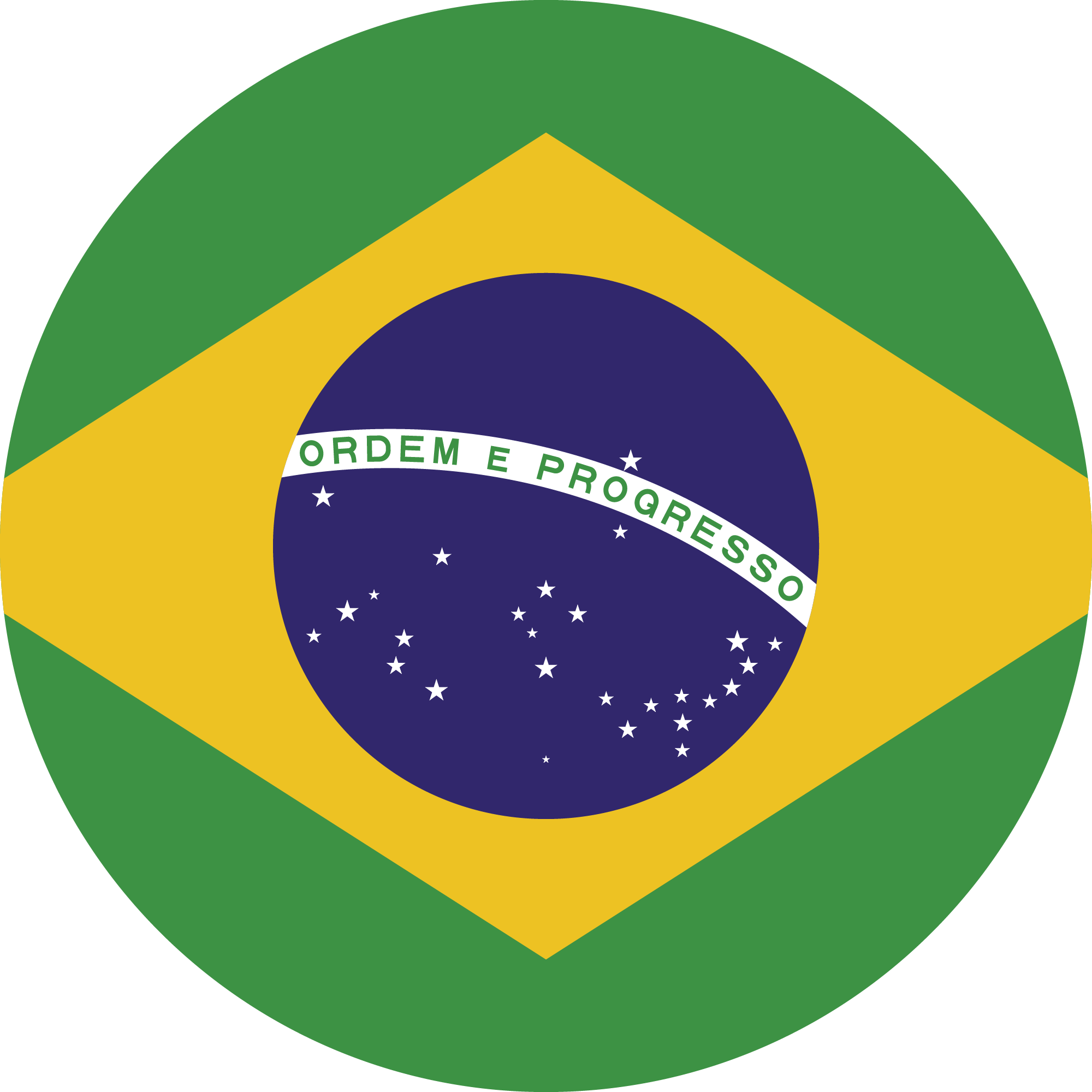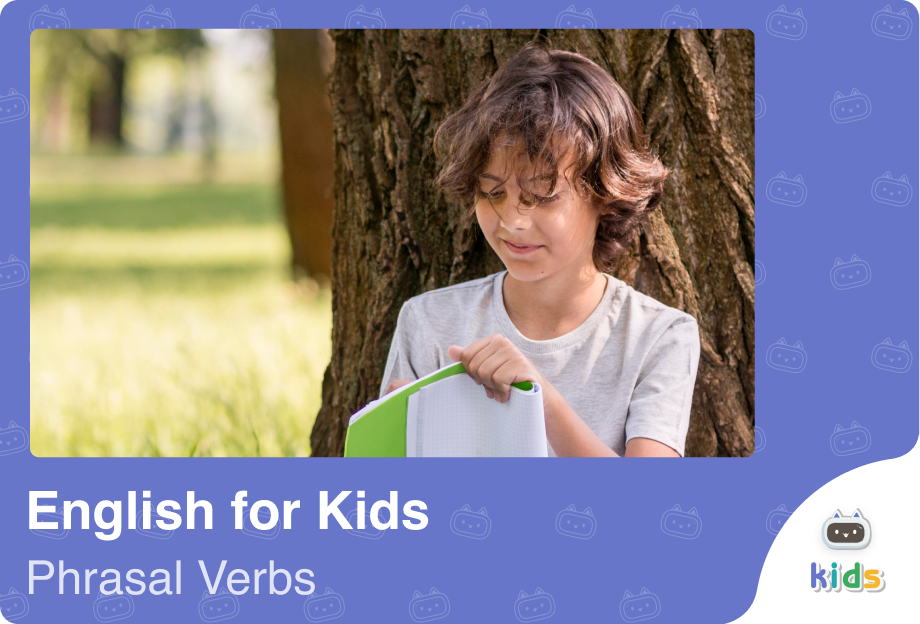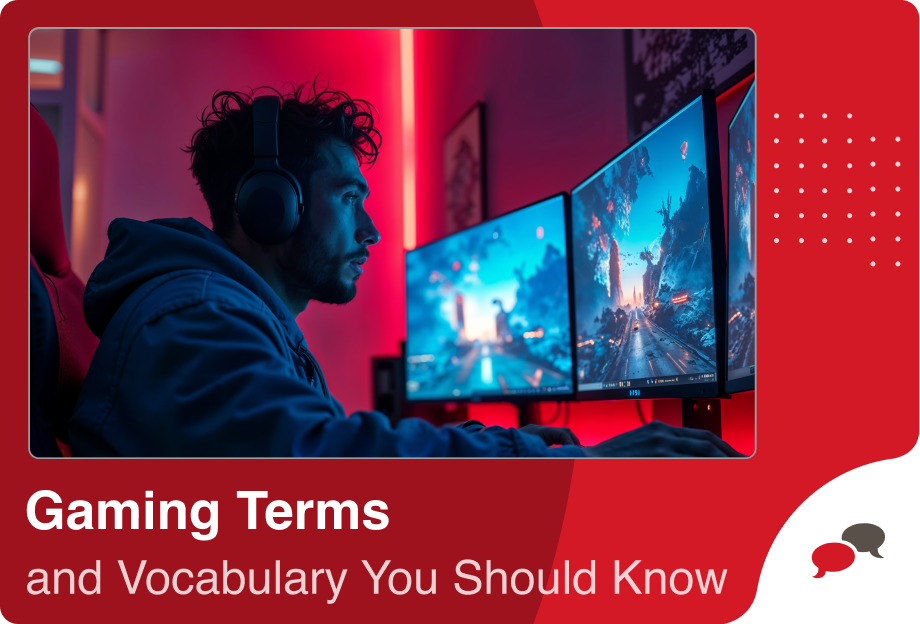Halloween, a special day where fear, fun, and creativity come together, is celebrated every year on October 31st. With colorful costumes, spooky decorations, and the famous “trick or treat?” tradition, this holiday creates an exciting atmosphere for both children and adults. But what are the origins of Halloween? Why is it celebrated, and how has it evolved over time? In this blog post, we’ll explore everything from the history of Halloween to its modern-day traditions.
Learn English with EnglishCentral
Building your vocabulary is key to mastering a language, and learning new and generational words along with common words can make a big difference in how fluently and expressively you speak. EnglishCentral gives you the perfect tools and environment to expand your vocabulary, practice new words, and use them with confidence.
With 25-minute one-on-one lessons for all ages and levels, EnglishCentral offers personalized and effective learning. These online live sessions are led by expert English teachers who guide you step by step, helping you improve at your own pace. You can also join 40-minute group lessons, where you’ll take part in fun, interactive conversations with your teacher and classmates.
However, EnglishCentral is more than just lessons! You’ll have access to thousands of interactive videos tailored to different interests. With our Watch, Learn, Speak, and Discuss steps, you can reinforce vocabulary and plan private lessons based on your needs. Quizzes, word exercises, and our AI-powered teacher MiMi make practicing English even easier. MiMi is always available to help you navigate different scenarios, from business meetings to ordering food, so you’re prepared for real-life conversations.
After each lesson, MiMi provides personalized reports, tracking your progress and highlighting areas for improvement. This instant feedback helps you stay focused on your goals and gain the confidence to use English in everyday life.
What is Halloween?
The origins of Halloween can be traced back to both Christian traditions and the much older Pagan culture. This special day, celebrated since ancient times, has its roots in the Celtic festival of Samhain. Samhain marked the end of the harvest season and the beginning of winter. During this time, people would light large bonfires, wear masks, and dress in scary costumes to protect themselves from evil spirits and to honor the souls of the dead. It was believed that on this night, the boundary between the world of the living and the dead became thin, allowing spirits to return to the earth.
Over time, these ancient customs blended with Christian influences and became known as All Hallows’ Eve, which later evolved into Halloween. Today, the holiday is celebrated not for its religious meaning, but as a time of fun, creativity, and imagination. From the United States to Canada, Ireland, and the United Kingdom, people celebrate Halloween with great enthusiasm—and it has even spread to places like Japan and the Philippines, each adding their own cultural twist. With its colorful costumes, spooky decorations, themed parties, and the famous “trick or treat” tradition, Halloween has truly become a global celebration.
When is Halloween Celebrated?
Halloween is celebrated every year on the night of October 31st. This date corresponds to a period in the ancient Celtic calendar that marked the end of summer and the beginning of winter. Traditionally, it was associated with the Samhain Festival, a time when people believed that the spirits of the dead returned to the world of the living.
Halloween Origins
This tradition dates back to medieval Britain, where poor people would go door to door collecting “soul cakes.” In return for these small cakes or bits of food, they would pray for the souls of the dead. Over time, this custom evolved into the modern “trick-or-treat” tradition, where children dress up in costumes and visit houses asking for candy.
How is Halloween Celebrated?
Halloween is celebrated as a fun-filled day for both children and adults. On the night of October 31st, homes are often decorated with pumpkin figures, spider webs, bats, and other spooky decorations. Children dress up in creative and scary costumes and go door to door around the neighborhood, saying “trick or treat?” to collect candy or small gifts. This tradition is a modern adaptation of the old British custom, where the poor would go door to door collecting “soul cakes.”
Adults also join in the festivities by hosting costume parties, balls, or movie nights. People often dress as witches, ghosts, zombies, or characters from horror movies, creating an atmosphere that’s both spooky and fun. In many cities, Halloween parades, concerts, and themed events add to the excitement, making the celebration a lively experience for everyone.
Halloween Celebrations Around the World
In many cities around the world, Halloween celebrations vary according to local cultures and beliefs. Let’s take a look at how Halloween is celebrated in different places.
New York
New York celebrates Halloween almost like a huge carnival. One of the city’s most notable events is the Village Halloween Parade in Greenwich Village, held every year. Thousands of people march through the streets in creative costumes, while live music and light shows transform the city into a vibrant spectacle. Homes and stores are also decorated with giant spider webs, skeletons, and pumpkins, adding to the festive atmosphere.
Mexico
In Mexico, Halloween overlaps with the “Día de los Muertos” (Day of the Dead) tradition. From October 31st to November 2nd, people prepare colorful altars (ofrendas) to honor deceased loved ones and visit graves decorated with sugar skulls and flowers. Here, Halloween is less about fear and more about celebrating and honoring life and death.
Salem, Massachusetts
Famous for its witch trials, Salem is one of the most mystical Halloween destinations. Throughout October, the city hosts the “Haunted Happenings” events. Historic streets are filled with spooky tours, ghost hunts, and witch museums, allowing visitors to both enjoy the festivities and explore Salem’s dark history up close.
London
In London, Halloween offers a unique mix of history and mystery. Historic sites such as the Tower of London and the London Dungeon host scary tours, while people often dress in gothic costumes and attend horror movie nights. Pubs and entertainment venues also stay lively throughout the night with special themed parties.
Transylvania
The legendary region of Transylvania in Romania is one of the most iconic Halloween destinations, largely due to the Dracula legend. Visitors can attend special vampire balls at Bran Castle and take tours tracing the footsteps of the legendary Count Dracula. With its history, gothic architecture, and spooky atmosphere, Transylvania truly embodies the spirit of Halloween.
Japan
In recent years, Halloween has become increasingly popular in Japan, especially in cities like Tokyo and Osaka. People celebrate with costume parades, anime-themed parties, and colorful street events. The Shibuya Halloween event, in particular, draws thousands of young people dressed in elaborate costumes, turning the streets into a massive festival. In Japan, Halloween is more about fun, fashion, and creativity, offering a visually spectacular celebration rather than a frightening one.
Italy — Ognissanti
In Italy, instead of Halloween, people celebrate “Ognissanti” (All Saints’ Day). Held on November 1st, it is an important tradition dedicated to honoring both saints and deceased loved ones. Families visit cemeteries to decorate graves with flowers — especially chrysanthemums, which have become the symbol of this time. On November 2nd, known as “Giorno dei Morti” (Day of the Dead), families gather to remember those they have lost. In some regions, children receive small gifts believed to be brought by the spirits of departed relatives. This tradition carries a warm, loving atmosphere of remembrance and togetherness.
Philippines — Pangangaluluwa
In the Philippines, an old tradition called “Pangangaluluwa” is practiced during the Halloween season. In this custom, people — especially children — go from house to house at night, singing songs and offering prayers for the souls of the departed. In return, they receive food or small gifts. Much like the Western “trick-or-treat” custom, Pangangaluluwa symbolizes community spirit and remembrance. Today, it continues as both a religious and cultural celebration, with some people dressing in modern costumes and others wearing traditional attire.
Frequently Asked Questions About Halloween
Now that we learned facts about Halloween let’s look at the questions asked about halloween.
What is Halloween celebrated for?
Back in the day Halloween was celebrated to ward off spirits. Now it has become a tradition, many children dressed as monstrous beings wander around the houses and ask for a “trick or treat”.
What is the spiritual meaning of Halloween?
It’s believed that on Halloween the spiritual world and our world will get close to each other and spirits of the past lives wander around the world.
Why is Halloween so big in America?
Halloween originated in Europe but during the 19th century immigrants brought it to North America with the effect of population and Hollywood it grew its popularity.
Why do we carve pumpkins for Halloween?
We carve pumpkins for Halloween because of an old Irish legend about Stingy Jack, a man who tricked the devil. People in Ireland used to carve turnips with scary faces to scare away evil spirits. When they moved to America, they found that pumpkins were bigger and easier to carve, so they started using them instead.
Would you like to put what you have learned into practice? You can access everything you need to learn English on a single platform! With 25-minute one-on-one live English lessons, 40-minute group lessons, more than 30,000 interactive videos, vocabulary learning tools, AI-supported tutor MiMi, quizzes, and interactive activities, EnglishCentral offers its users a personalized and quality education plan at an affordable price. How about registering for EnglishCentral now and starting to learn English?
